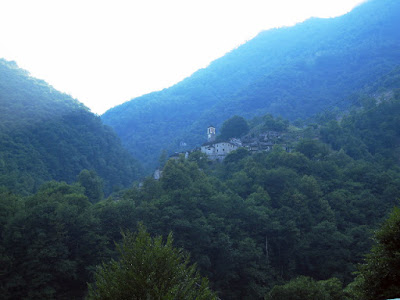If you are still looking to give a Christmas or year's end gift that can make a big impact, consider a school in one of the poorest counties in the USA. It is the Lakota Waldorf School in Kyle, SouthDakota, the only Waldorf School on an Indian Reservation.
Swiss native Isabel Stadnick is one of the founders and current administrator, and her husband Robert Stadnick is a tribal member. In 1992, they traveled to the Goetheanum with two additional Lakota tribal members, when Dr. Heinz Zimmermann—the head of the Waldorf movement—encouraged the founders to incorporate the Lakota language and culture.
The Lakota Waldorf School's mission is to empower the children and initiate their educational process with creativity, positivity, community and Lakota culture. The Lakota Waldorf School is a small school, surrounded by never-ending prairie, in the midst of the Pine Ridge Indian Reservation. This reservation is one of the poorest counties in the United States, with an unemployment rate of 75% to 80%. Many of the local people suffer from severe alcohol and drug abuse, and much of the reservation is considered a food desert.
Because of these circumstances, the Lakota Waldorf School is an incredible support system for the 24 children who attend the school. They provide the children with wholesome meals and send them home on Friday afternoon with a weekend pack filled with healthy snacks since many of the families do not have the resources for a nutritious meal.
Each morning, the children are greeted with the wonderful smell of a healthy breakfast of oatmeal, scrambled eggs from their chicken or rice pudding with honey and raisins. Lunch consists of only organic food, vegetables from their garden and bison meat from a local store. All meals are cooked at the school.
The sixteen kindergartners and eight first and second graders that make up the Lakota Waldorf School, begin their day with the morning verse in the Lakota language, Lakota songs, music, and stories. The curriculum includes language, arts, math, science, and social studies as well as handwork, flute music, painting, drawing and modeling classes and storytelling throughout the day.
Currently, the entire school consists of one small building which houses the kindergarten, kitchen, and office. There is a separate small building for the first and second grade. To continue supporting students and their families, they are planning to add grades 3, 4 and 5 and up to 8th grade in the coming years. Plans are also underway to build an urgently needed additional building, housing a bigger kitchen, three or four additional classrooms and a healthy café shop. The new building would be built with only straw bales and solar and wind energy. Jeff Dickinson, well known as a Waldorf and a clean energy architect, is involved in the addition of the school.
Not only is Waldorf education important for these children, but the support they receive is crucial to their overall well-being. The families cannot afford to pay tuition. Therefore, the school is 100% donation-funded. The Lakota Waldorf School, the administration, current and future students and families would appreciate any donation, small or large, to sustain Waldorf education on the Pine Ridge Reservation.
People who volunteered and spent a week working with the students, who are growing up in severe poverty and some in traumatic circumstances, can personally attest to the positive impact the school has on each of their lives. The sincere hope is that the Lakota Waldorf School will continue to thrive and educate young ones for years to come.
Please visit the website www.lakotawaldorfschool.org and consider making a donation to ensure the survival of this extraordinary school.



























